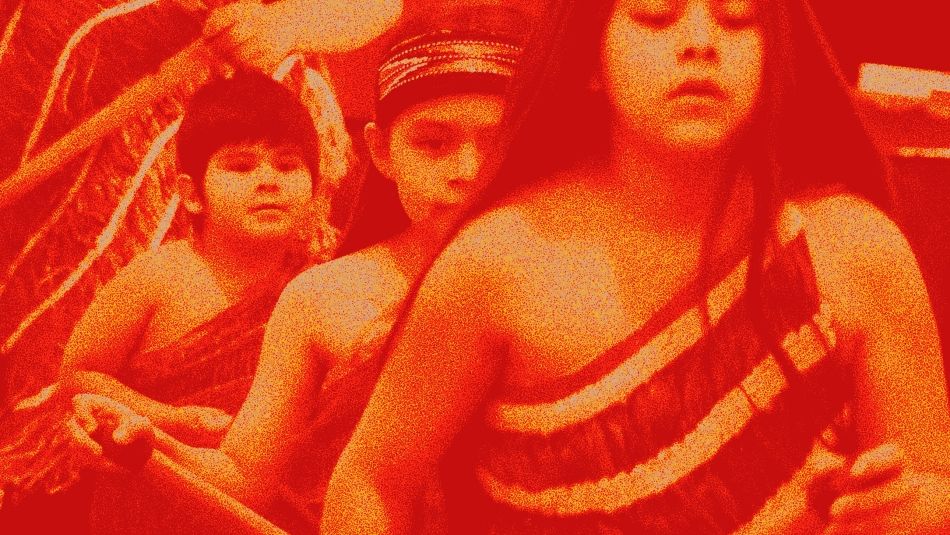
Share
On National Indigenous Peoples’ Day, Mi’kmaq lawyer, professor and activist Pam Palmater joined Unifor Indigenous Liaison Gina Smoke to lead a webinar introducing the diverse traditions and protocols used by Indigenous communities.
“There is a rich diversity of cultures and traditions across Turtle Island,” said Smoke. “We want to help members appreciate that there is not one monolithic ‘First Nation,’ but thousands with their own histories and enduring practices.”
Palmater described how even within Indigenous circles, upon meeting new people, it is customary to immediately ask about family and background to help situate oneself and provide the context for one’s identity.
For member locals engaging with their local Indigenous communities, there was a discussion about the protocols for participating in powwows, feasts, and other community events. Many powwow grounds are considered sacred, and visitors should check online about what is recommended to bring or avoid at gatherings, including funding to help defray the costs of holding a powwow.
Some time was spent discussing territorial acknowledgements, something that Unifor has increased focus on during the past year, including on providing resources for local unions who wish to compose more meaningful acknowledgements.
Palmater spent the most time discussing how unions can give meaningful support to advance reconciliation. She emphasized that, by definition, solidarity isn’t something that is only practiced when it’s convenient. She suggested that local unions be constantly reviewing ways that they can create space for Indigenous members in formal decision-making and governance. Unions should budget for professional-level compensation for times when Indigenous labour is required, be it for performances, advice, or speaking engagements.
It was also recommended that when local unions use Indigenous artwork for joint campaigns or events, that verified artists of Indigenous heritage be hired and compensated fairly. It is not sufficient to simply steal existing artwork to apply to new materials.


